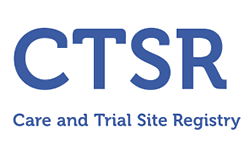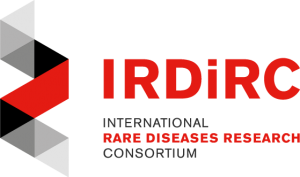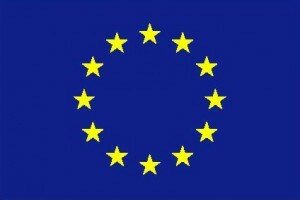Authors
Bouhy Delphine, Geuens Thomas, De Winter Vicky, De Almeida Souza Leonardo, Katona Istvan, Weis Joachim, Hochepied Tino, Goossens Steven, Haigh Jody J., Janssens Sophie, Timmerman Vincent
Journal
Journal of Neuromuscular Diseases, pages 1-18
Publication date
May 2016
Abstract
Background: Charcot-Marie-Tooth (CMT) and associated neuropathies, the most common inherited diseases of the peripheral nervous system, remain so far incurable. Three existing murine models of Charcot-Marie-Tooth type 2F (CMT2F) and/or distal hereditary motor neuropathy type IIb (dHMNIIb), caused by mutations in the small heat shock protein B1 gene (HSPB1/HSP27), partially recapitulate the hallmarks of peripheral neuropathy. Because these models overexpress the HSPB1 mutant proteins they differ from the patients’ situation. Objective: To overcome the possible bias induced by overexpression, we generated and characterized a transgenic model in which the wild type or mutant HSPB1 protein was expressed at a moderate, more physiologically relevant level. Methods: We generated a new transgenic mouse model in which a human wild type (hHSPB1WT) or mutant (hHSPB1R127W; hHSPB1P182L) HSPB1 transgene was integrated in the mouse ROSA26 locus. The motor and sensory functions of the mice was assessed at 3, 6, 9, 12 and 18 month. Results: However, the mice expressing the mutant hHSPB1 do not develop motor or sensory deficits and do not show any sign of axonal degeneration, even at late age. Quantitative PCR analyses reveal contrasting tissue-specific expression pattern for the endogenous mouse and exogenous human HSPB1 and show that the ratio of human HSPB1 to the endogenous mouse HspB1 is lower in the sciatic nerve and spinal cord compared to the brain. Conclusion: These results suggest that expressing the transgene at a physiological level using the ROSA26 locus may not be sufficient to model inherited peripheral neuropathies caused by mutation in HSPB1.
DOI link
10.3233/JND-150144



